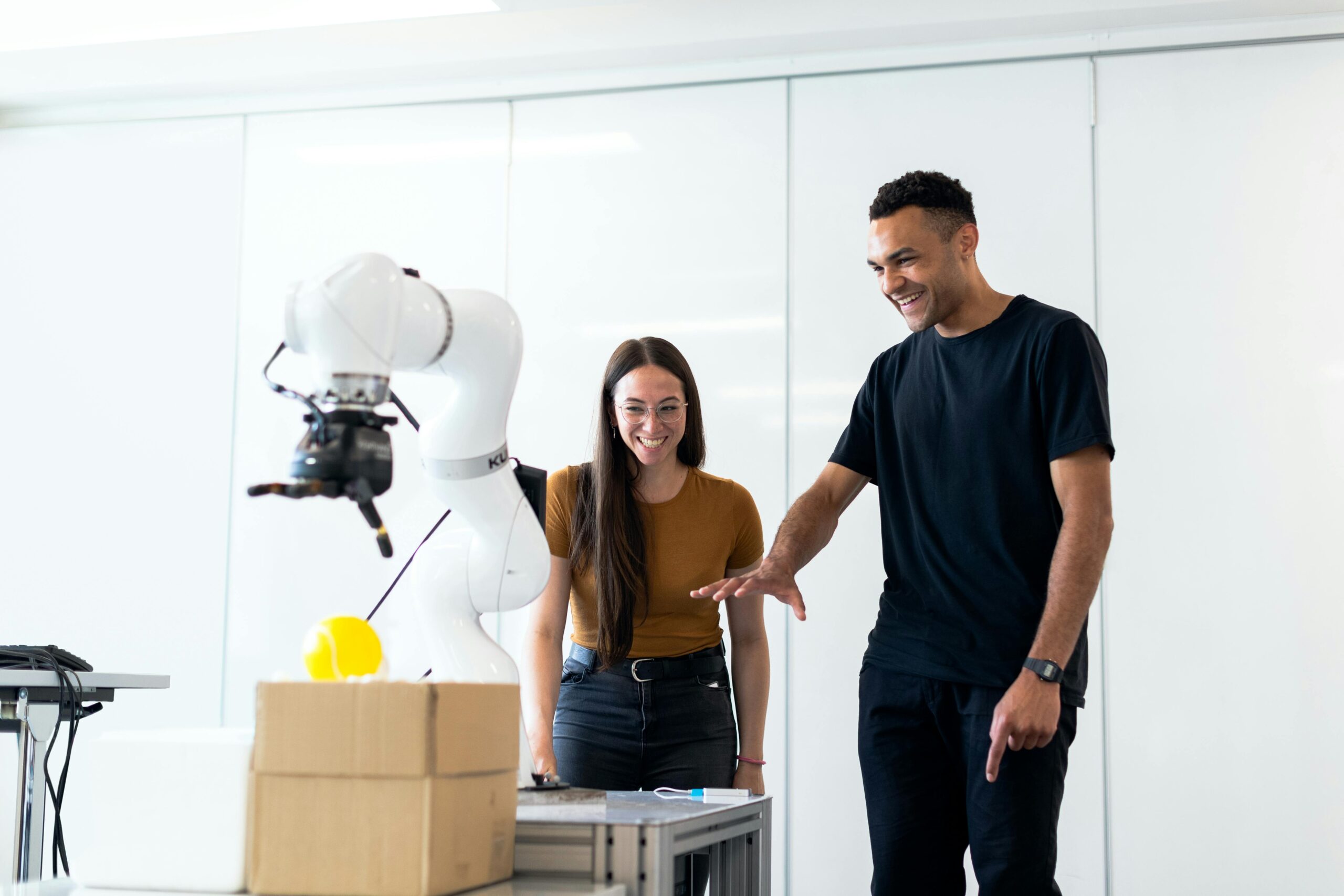The Future of AI in Everyday Workplaces: From Assistants to Decision Makers
Artificial Intelligence (AI) is no longer a futuristic concept—it’s here, integrated into daily workplace operations across industries. From scheduling meetings to analyzing massive datasets, AI is changing how employees and companies function. What started as digital assistants is quickly evolving into decision-making partners, transforming workplace productivity, culture, and competitiveness.
AI as an Assistant: Automating the Mundane
The first wave of AI in the workplace has largely been about efficiency. Tools like chatbots, smart schedulers, and email filters save time by automating repetitive tasks.
- Scheduling: Platforms such as Calendly and Microsoft’s AI tools handle meeting coordination, cutting down endless back-and-forth emails.
- Customer Service: AI chatbots answer routine questions, providing 24/7 support while freeing human staff for complex issues.
- Data Entry: Automated software can extract, categorize, and store information faster and with fewer errors than manual input.
This stage positions AI as a helper—a behind-the-scenes tool that makes employees’ lives easier.
AI as a Collaborator: Enhancing Human Performance
The next stage moves beyond automation into collaboration. AI is increasingly being used to support decision-making, offering insights humans might miss.
- Data Analytics: AI-driven platforms analyze massive datasets, turning raw numbers into actionable strategies. For instance, marketing teams use AI to forecast consumer trends or measure campaign performance in real time.
- Healthcare: Doctors now use AI tools that scan medical images, flagging early signs of disease with remarkable accuracy, improving diagnostics and outcomes.
- Recruitment: AI helps HR professionals identify the best candidates by screening resumes, assessing skills, and even predicting cultural fit.
In this role, AI is like a colleague—an intelligent partner that provides clarity, speed, and perspective.
AI as a Decision Maker: The Emerging Frontier
What happens when AI goes beyond collaboration and actually starts making choices? That’s the frontier we are entering.
- Finance: Algorithmic trading systems already make buy-and-sell decisions faster than any human could.
- Manufacturing: AI systems manage supply chains, adjust production schedules, and even predict maintenance needs without human input.
- Retail: Personalized recommendation engines decide what products appear in front of each shopper, subtly guiding their buying decisions.
These applications show how AI is shifting from “decision support” to “decision making,” raising both opportunities and challenges.
Opportunities of AI Decision-Making
- Speed and Accuracy: AI can process information in seconds, allowing businesses to respond to market shifts quickly.
- Cost Savings: Automating complex decisions reduces labor costs and improves efficiency.
- Scalability: AI doesn’t tire; it can manage thousands of processes simultaneously across global operations.
Challenges and Ethical Concerns
Of course, entrusting AI with decisions isn’t without risk.
- Bias in Algorithms: If training data is biased, AI decisions can reinforce inequality.
- Transparency: Employees and customers often don’t understand how AI systems arrive at their conclusions.
- Job Displacement: As AI takes on more decision-making power, concerns grow about the future of human roles.
These issues highlight the need for responsible AI development, where humans remain accountable for oversight and ethics.
The Human-AI Balance
The future workplace isn’t about humans versus machines—it’s about synergy. The most successful organizations will use AI to handle routine or data-heavy decisions, freeing humans to focus on creativity, strategy, and emotional intelligence.
Leaders should foster workplaces where AI is embraced as a tool for growth, not feared as a replacement. That means training employees to use AI effectively and ensuring ethical guidelines are in place.
AI has already proven itself as a valuable assistant and collaborator. Now, as it begins to take on decision-making roles, the workplace must adapt. The key lies in finding balance—leveraging AI’s strengths while safeguarding human judgment and accountability.
The workplaces of tomorrow will not just be powered by AI—they’ll be defined by how well humans and AI work together.







